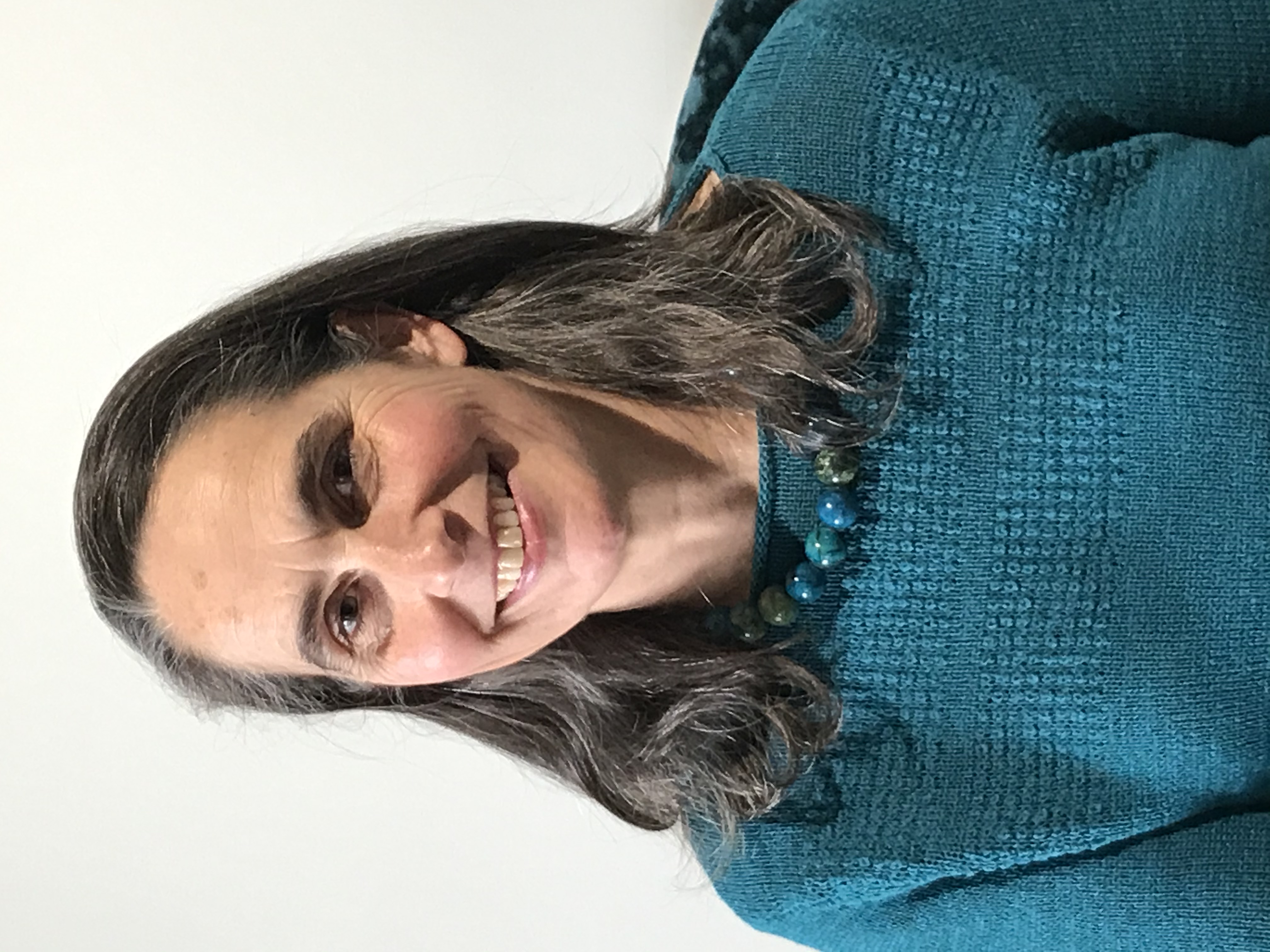We experience the world directly through our bodies, which act like a "container" for our feelings, emotions, beliefs and thoughts as well as our impulses to act or behave.
This all starts with our five senses: touch, taste, smell, sight and hearing. We experience a constant stream of information from our senses which feeds back into our body triggering chemical reactions that send messages between our brain and every other part and system of our body enabling us to respond.
Our mind and body are inter-connected and they constantly influence each other. We use our thinking to influence our feelings and our feelings influence our thoughts. However, one problem we have is that we live in a society that puts greater value on making sense of our experience with our rational mind. This often means we learn to ignore or are quick to dismiss our feelings and bodily experience. As a result we lose touch with ourselves.
Yet our bodies are actually Resource-FULL - we all have inner resources, and we can develop them. We can learn to tap into and use them to manage our feelings and thoughts and choose behaviour which serves us well without harming others.
So how can we use some of these inner resources so we feel Resource-FULL more of the time?
Self-awareness
My starting point is self-awareness because it offers so much useful information about our inner experience and what's "making us tick" day-to-day. Typically, as we grow up we develop patterns and habits in how we feel, think and behave. By taking the time to notice these patterns and habits we gather new information about ourselves. This then allows us to try something different and so change those feelings, thoughts and behaviours that stop us feeling at ease in our lives.
Physical sensations
Another key resource is our physical sensations - e.g. butterflies in our tummy, sweaty palms, racing heart, blushing. These physical sensations are like our early warning signs or the internal messages our body is giving us about our experience moment to moment and whether we feel OK or not.
When we notice our physical sensations it becomes is easier to identify and name the feeling these sensations are signalling to us. For example, butterflies may be an indication of either excitement or anxiety; or flushed cheeks may be an indication of either embarrassment or feeling too hot. It's helpful to be able to tell the difference so we can choose how to respond.
Muscles
Muscles are also a great resource. As the 1930's somatic educator Mable Elsworth Todd describes: "For every thought supported by feeling, there is a muscle change."
If you think about being angry for example, we might clench our jaw or fists, our shoulders might rise up and our muscles become tense. Alternatively, think about feeling calm and contented - we let go of any tension in our muscles and relax. So we can learn how to move and use our muscles in ways that can change feelings and thoughts that don't serve us.
A simple example you can try is an exercise called Looking Up Mindfully**.** Whilst this might seem surprisingly simple, research has shown that the simple action of looking upwards, towards a sky or the ceiling and moving your eyes as well as your head to do this can actually improve your mood. This is because it contradicts the usual physical effect of feeling depressed - looking down with our shoulders hunched forward.
If you'd like to know more about your own inner resources you might like to come along to my workshop Finding Your Inner Resources. I am offering this free in October and November as a way for you to see if what I offer might be right for you. You can find more details and book here https://innerlearning.co.uk/whats-on/.
Lucy Holbrook is a verified welldoing.org therapist, and a trainer and BodyMind Coach

